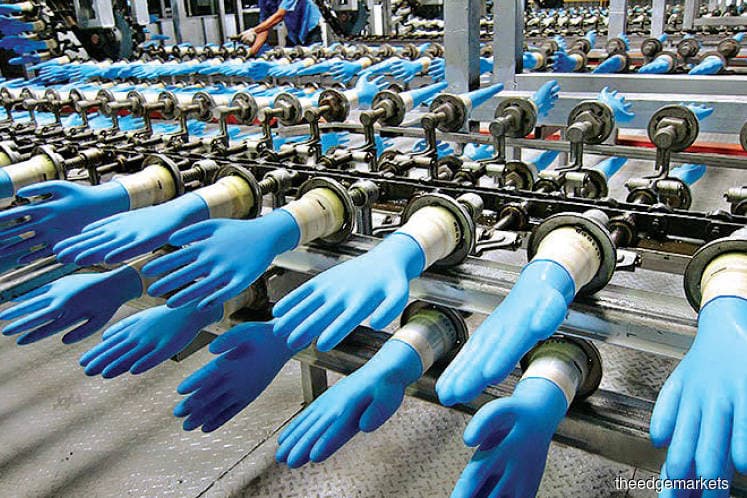
This article first appeared in The Edge Financial Daily on January 10, 2020
Rubber product sector
Maintain neutral: A supply-demand imbalance is expected in 2020 with glove players expected to increase supply by about 14% (versus an annual global demand growth of 8% to 10%). However, we feel this will eventually normalise with an increase in glove demand from the US (due to the US-China trade war, Chinese gloves become more expensive, hence making Malaysian gloves more attractive). We feel that this will eventually play out to normalise demand-supply dynamics. While the ringgit appreciated in the early days of 2020, it is expected to continue with a slight depreciation bias in 2020, which augurs well for the sector in maintaining its cost competitiveness against regional peers. We anticipate margin pressure to continue to linger in 2020 due to intense competition, higher labour cost and mixed raw material prices. We maintain “neutral”, with our top pick for the sector being Top Glove Corp Bhd (“buy”; target price: RM5.02) for its diverse product mix and prime position to chip away market share.
This year will see an estimated addition of about 23 billion pieces versus 19 billion pieces in 2019. However, in view of the oligopolistic industry structure, we do not rule out the possibility of a more gradual capacity expansion as an attempt to avoid price competition.
We project the ringgit to average 4.15 to 4.20 against the US dollar in 2020 (2019’s average: 4.142).
Under Budget 2020, the minimum wage has been increased to RM1,200 in urban cities (from RM1,100), effective this month. Historically, an increase in cost would be passed through to customers, although we remain wary of glove players’ ability to pass through this immediately as the oversupply situation still persists in 2020. Ceteris paribus, we estimate that the impact on net profit is about 1.3% to 2.2% for every RM100 increase in the minimum wage.
Of the three glove producers under our coverage, Top Glove appeared to suffered the most with a margin decline of 2.57 percentage points (ppts) year-on-year (y-o-y) from 10.29% to 7.72%, as opposed to Hartalega Holdings Bhd with a margin decline of 2.13ppts y-o-y from 16.91% to 14.78%. Kossan Rubber Industries Bhd, on the other hand, showed a margin improvement of 1.53ppts y-o-y from 8.34% to 9.87%, mainly thanks to its continuous efforts to improve operational efficiency.
The sector currently trades reasonably at 24 times (x), a tad below its three-year mean of 26x. The change in the supply-demand dynamics caused by the US-China trade war warrants take-up of extra capacity. — Hong Leong Investment Bank Research, Jan 9